The beauty and dangers of spring
Each year the Dept. of Environmental Conservation sends out press releases and announcements, advising the public that springtime in the outdoors can be a dangerous season, and for a couple of reasons. But each year there are some who'll ignore the advice, and end up getting themselves in deep do-do.
One of the subjects has to do with encountering young-of-the-year wildlife. May and June are the months when all sorts of species' young-of-the-year are getting their first taste of life in the wild. Baby birds, squirrels, chipmunks, raccoons, foxes and deer are just a few of the species that people may encounter when outdoors. There's sometimes a temptation to bring one of these cuties home to rear and domesticate. Don't, and for several reasons.
First is the fact that having wildlife without a permit is against the law. Should an injured or otherwise distressed young wildlife specimen be found, there are licensed wildlife rehabilitators available to accept stewardship until the bird or animal can be safely released back into the wilds. Second is that most young wildlife encountered isn't "orphaned." Its parent or parents are normally close by, although you may not see them. The best examples of this are baby birds that have fallen from the nest, and bedded fawns that are accidentally found. Leave 'em be. Their mom isn't far away.



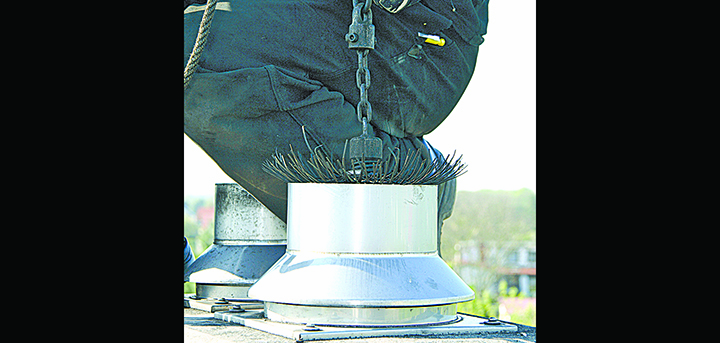

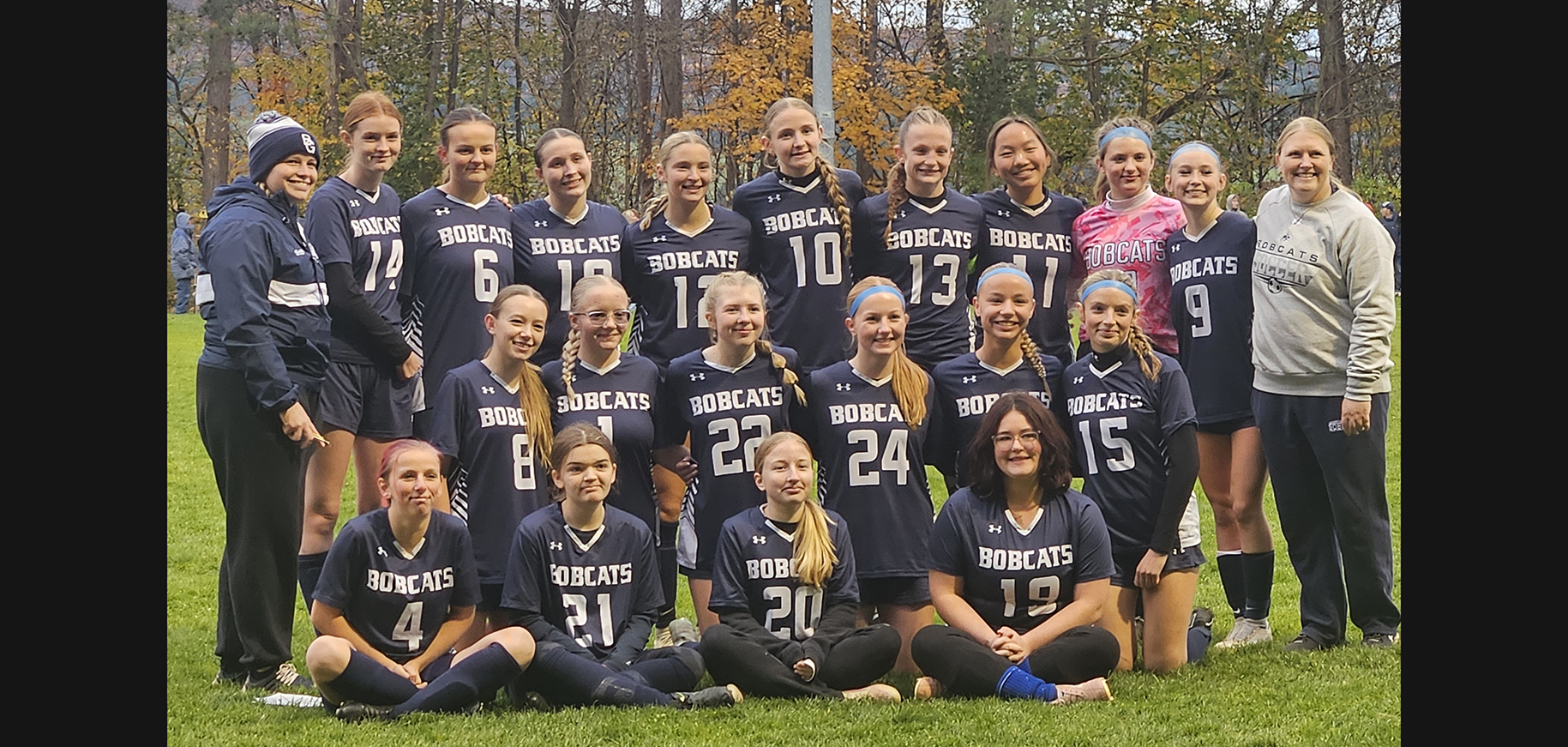

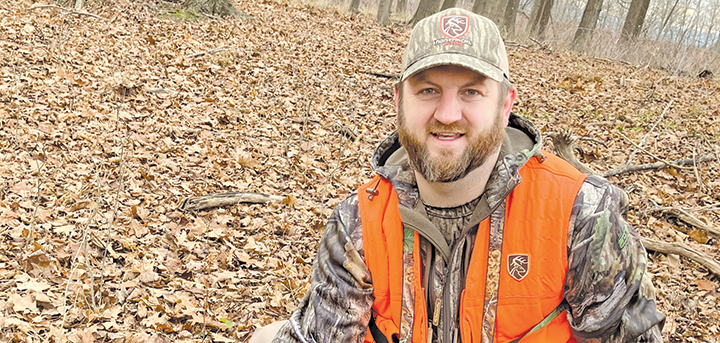
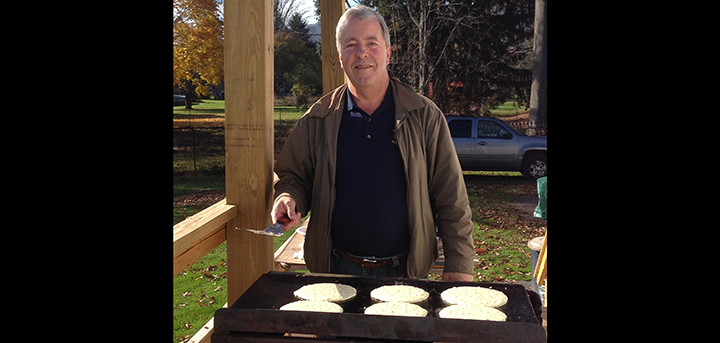
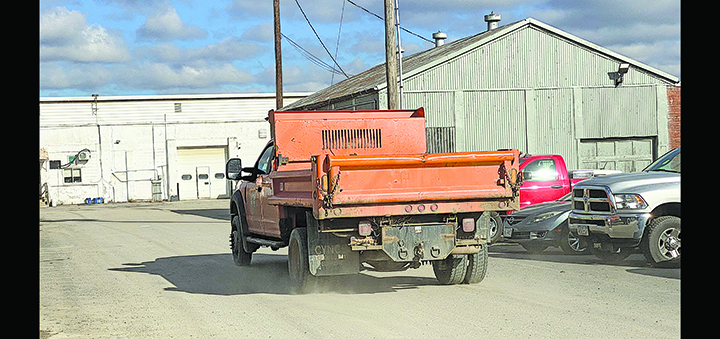

Comments